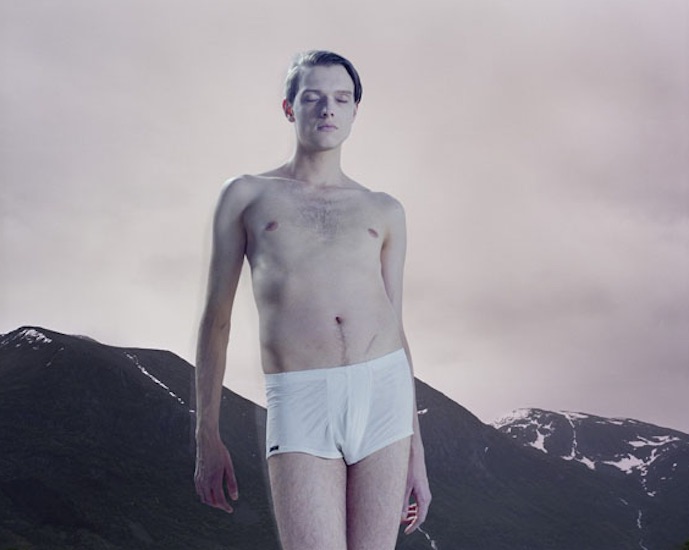
© Anna Orlowska
Expositions du 12/3/2015 au 25/4/2015 Terminé
Panoptikon Slupskjulsvägen 26 c 111 49 Stockholm Stockholm Suède
The photograph can often serve as a union between a photographers mental image and imprints from reality. On the one hand, conscious experiences – or unconscious leakage – memories. On the other hand, the world, reality, as it steps forward and exposes itself for the photographer and later for the beholder. The photographers mental images, experiences, memories – even the photographers perception – are built around individual and collective – unique and shared – structures. Structures that have the character of a language. A language not unlike that which dreams are made of. A language that the photographer and the viewer, at best, dream together.Panoptikon Slupskjulsvägen 26 c 111 49 Stockholm Stockholm Suède
In one of Orłowskas early works – The Day Before (2010) – the cinematic appropriation is significant. A number of scenes are staged around young women. The photographs bear a classic painterly touch, a Dutch-lit atmosphere. The scenes are charged with an atmosphere of uncertainty, a lack of a clear answer, resolution, redemptive end – a trait Orłowska continues to develop in her later works. The interpretation is left to the viewer as a gift or a liability; to create meaning. It is effective and anti-authoritarian. Depending on the photographer and the viewer’s sensibility and imagination, this opens up a mysterious and alluring field of associative meanings and possibilities: to learn, understand, and recognize something about us in the world.
In this way Orłowska inscribes herself in a tradition where the artist’s intentions gives way to the viewer’s experience, from the motto of the 1960’s beauty is in the eye of the beholder to the 1990’s international relational aesthetics. The artist acts as a catalyst.

© Anna Orlowska
In the series Leakage (2011) Orłowska develops this approach. Even though the individual images themselves have become increasingly more self-sufficient, the relations between them are more open and fragmentary. Orłowska mixes staged photographs with documentary and the cinematic appropriation is supplemented with hands-on photographic realism. Many different aesthetic conventions can be discerned in the works. Here are reminiscences of film noir, kitsch, banal- and absurdities, even traces from a special Swedish phraseology or dialect; R© oy Andersson’s pared-down aesthetics is re-used on some occasions. This is no coincidence. Anna Orłowska has devoted much time to write and think about Andersson’s film work.

